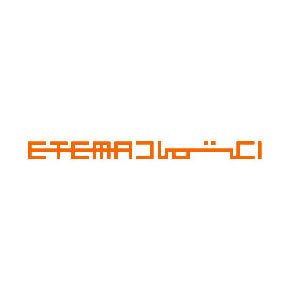 Etemad 1 Gallery
Etemad 1 Gallery
The Exquisite Liberation of Persian Calligraphy
Amir Soqrati
Carpet weaving is an ancient art, while graphic design represents a modern medium. In Ibrahim Haghighi's works, there is a harmonious fusion of traditional and contemporary elements: carpets and modern literature, calligraphy and graphic art, as well as ancient and contemporary artistic styles. Haghighi has consistently and thoughtfully integrated various facets of Iranian culture into his creations, resulting in a rich interplay of conceptual and visual dimensions.
The art of carpet weaving embodies meticulous precision and the passage of time, both of which are prominently displayed in Haghighi's work. His carpets serve as a reflection of his meticulous approach and focused dedication to his craft. The diversity of his calligraphy is evident within the carpets, where one piece may feature free-flowing and unreadable lines, while another showcases pure, orderly, and expansive calligraphic strokes. This exploration of temporal dynamics within the contours of calligraphic forms underscores the artist's patience and precision in shaping and advancing Persian calligraphy in his oeuvre.
The evocative liberation of Persian calligraphy in Haghighi's works not only captures the allure and charm of this art form but also signifies a breakthrough for modern literature from the constraints of outdated ideologies. Moreover, Haghighi presents carpets as enduring companions to Iranians across generations, symbolizing the essence of everyday life in Iran. This portrayal injects a renewed sense of vitality, motion, and novelty into ancient Iranian culture, elevating it to a contemporary artistic realm. Movement, liberation, freedom, alongside adherence to established parameters, are integral aspects of Haghighi's artistic persona and define the distinctive characteristics of his creations.


